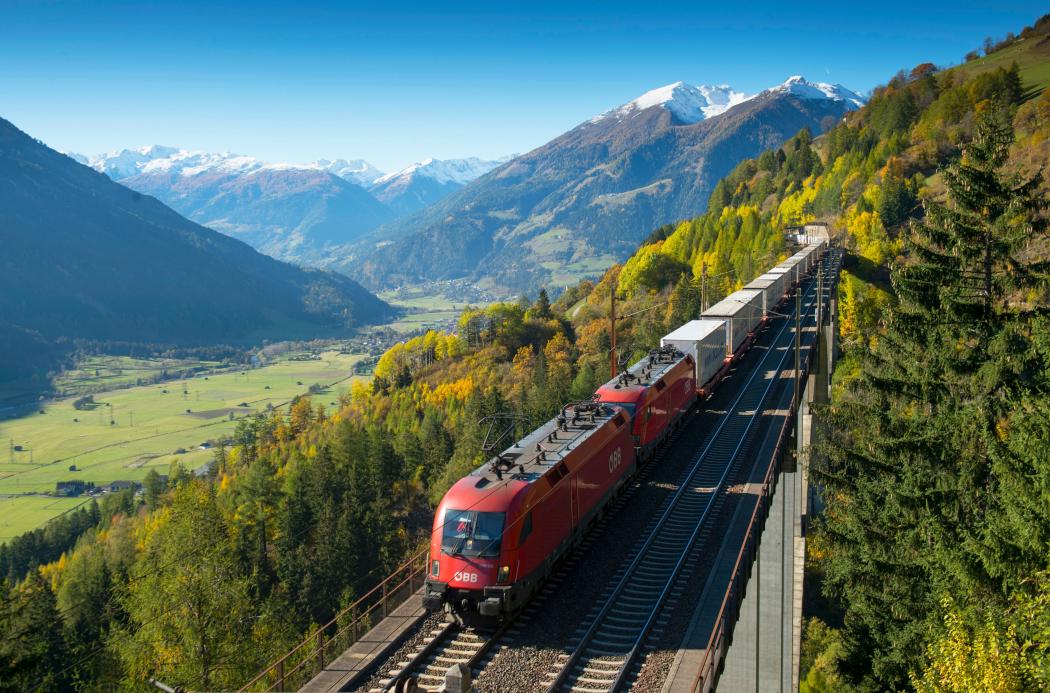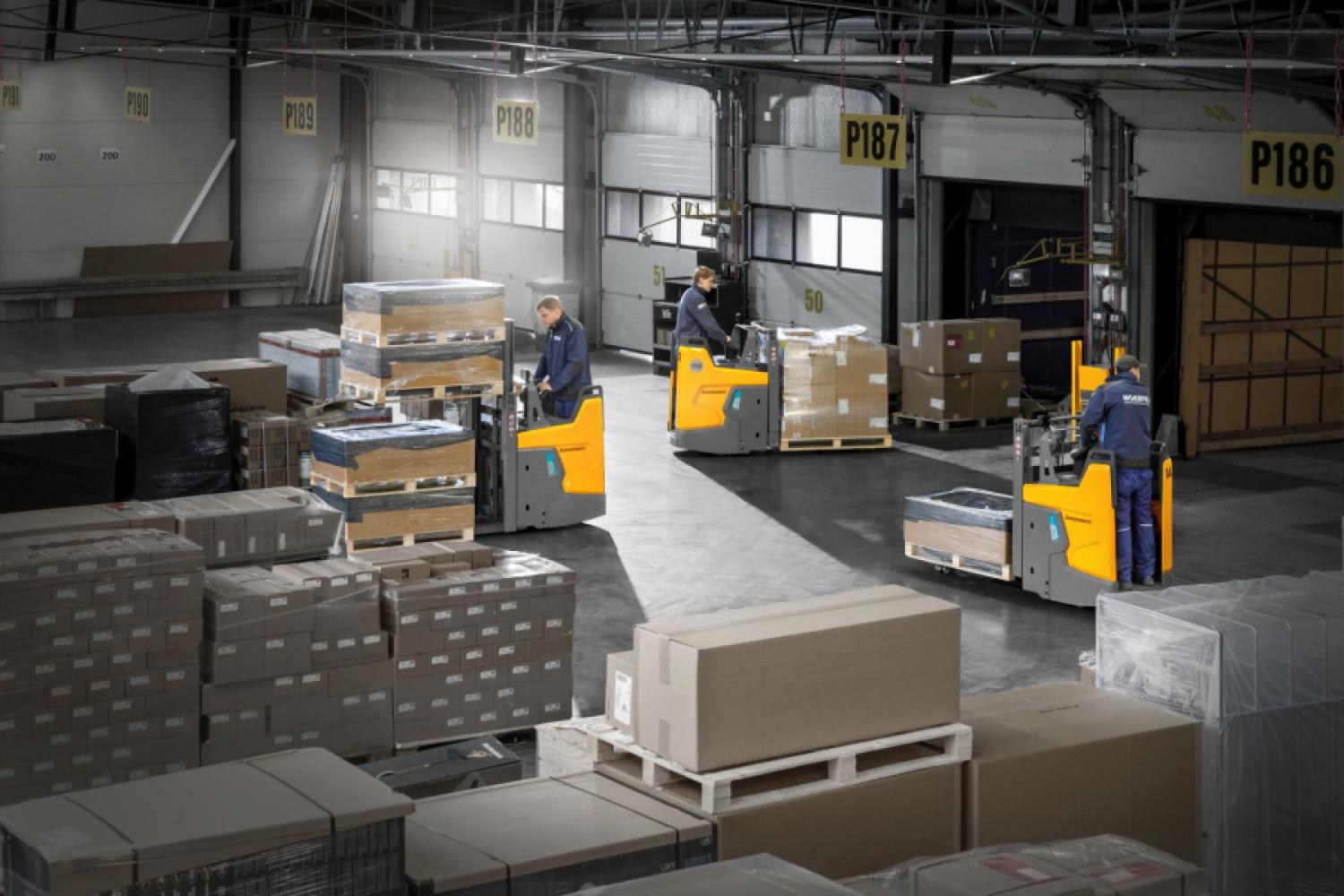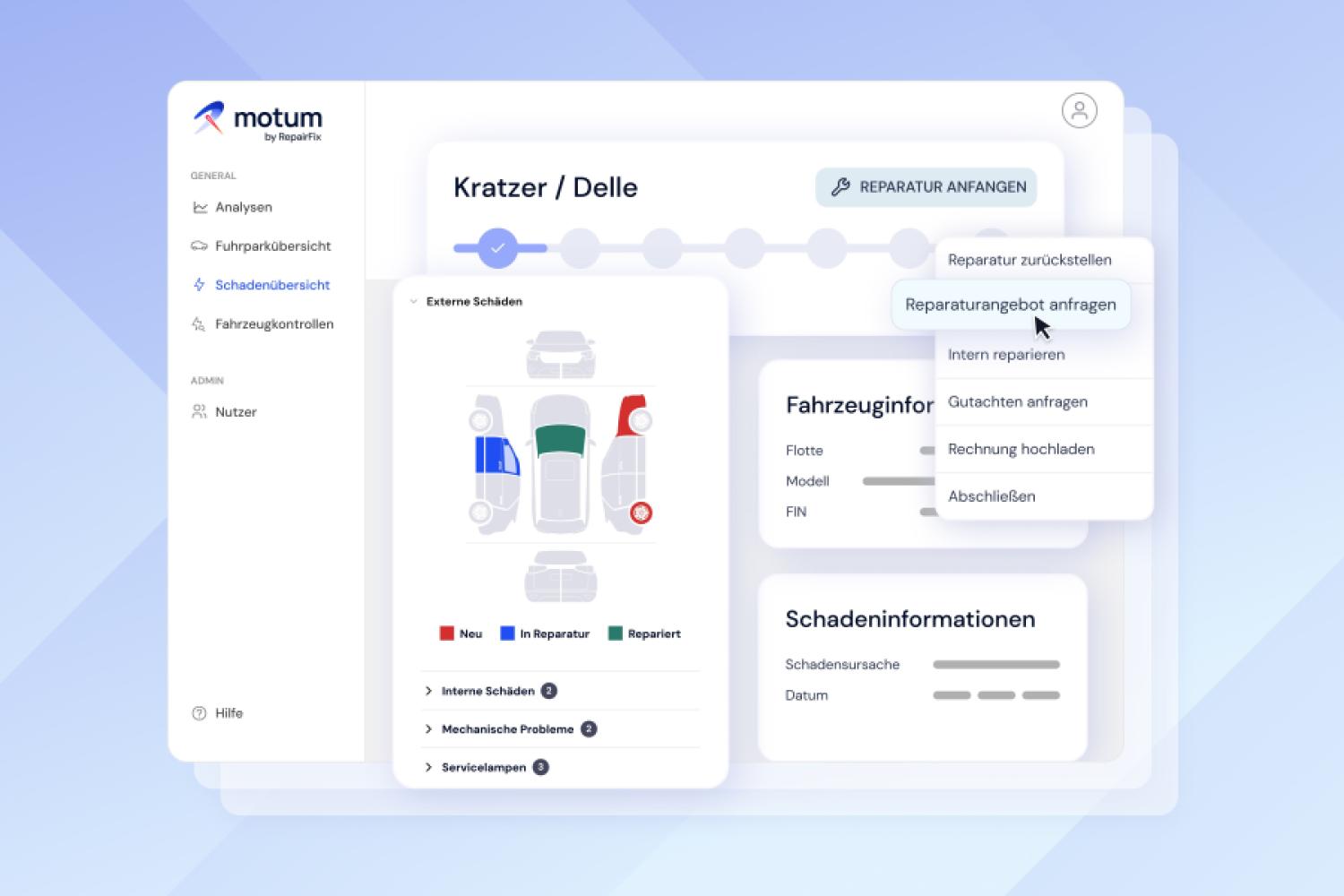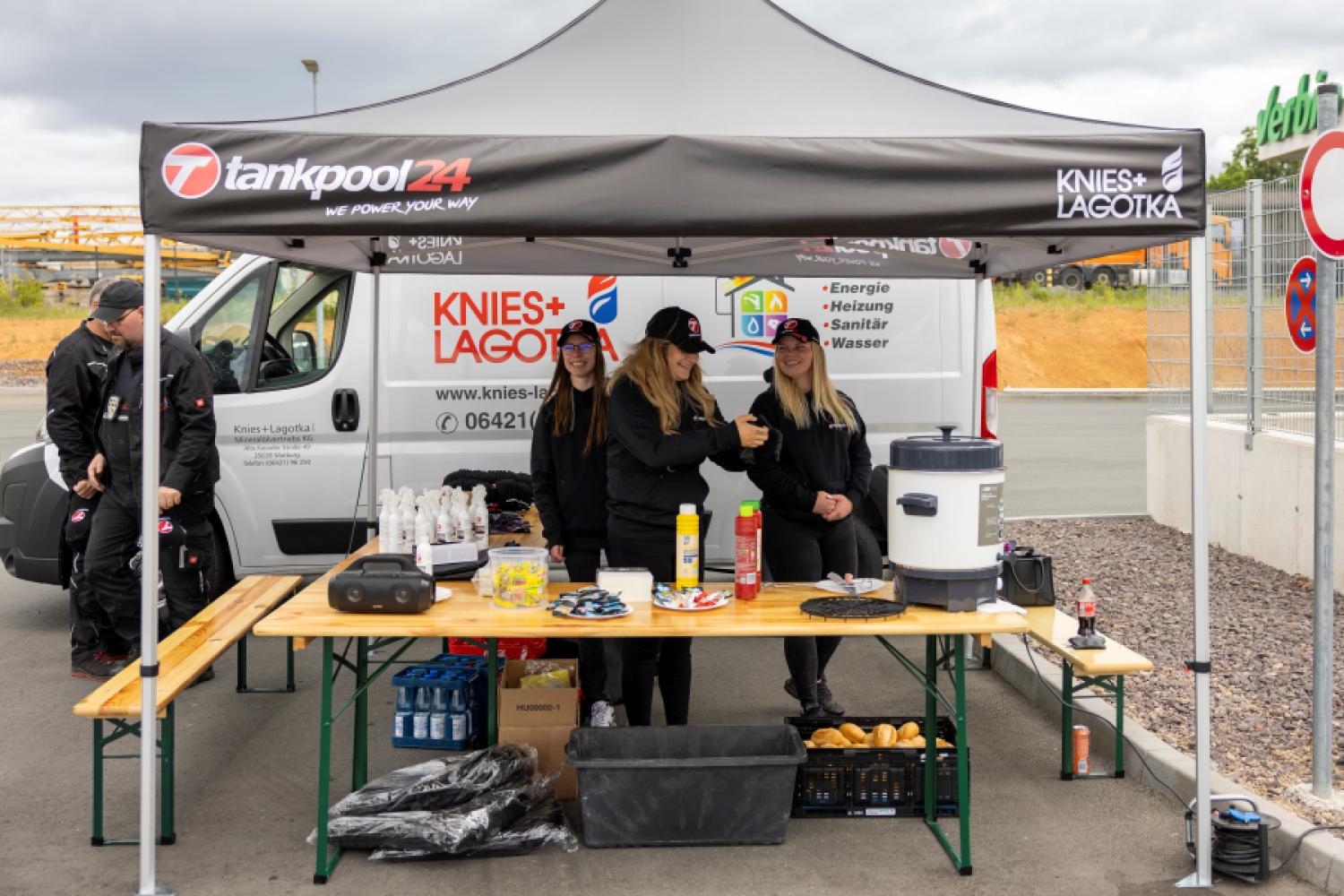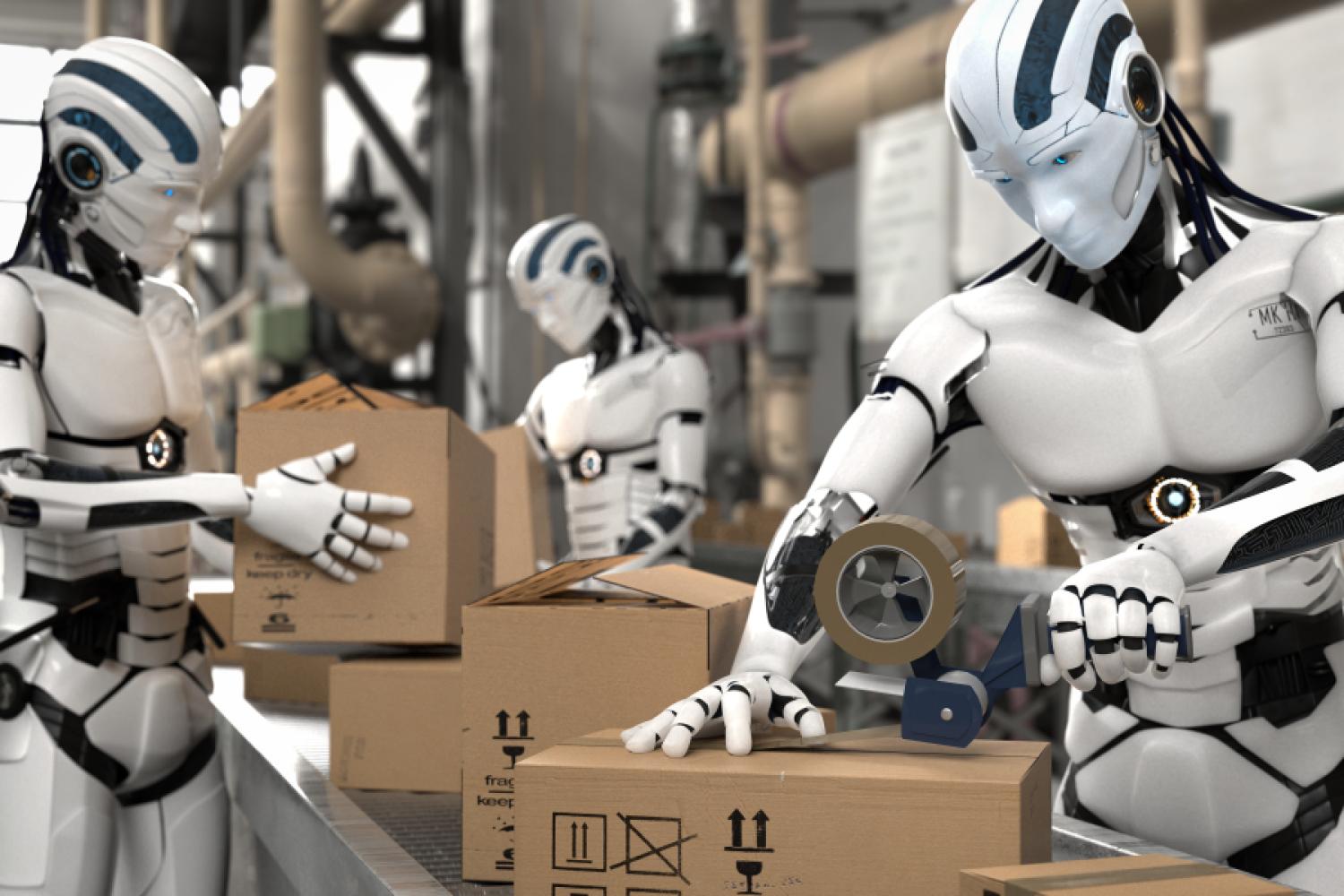At the opening of the international leading trade fair Transport Logistic in Munich, the association Die Güterbahnen reaffirmed its call for greater promotion of rail freight transport. With current calculations, the association aims to show that economic growth and climate protection in freight transport can indeed be combined – provided that politics assigns a central role to rail transport.
According to the association's calculations, rail freight transport in Germany saves twice as much diesel annually as is consumed in the entire agriculture and forestry sector. The calculation is based on the assumption that the energy efficiency of electric freight trains is significantly higher compared to diesel trucks. Consequently, the trains cause on average seven times less CO2 emissions
per ton-kilometer than heavy trucks. Thus, the rail sector is a crucial lever in the fight against the foreseeable failure to meet climate targets in the transport sector, according to the association's assessment.
According to the Güterbahnen, the importance of rail is underestimated in the current transport policy debate. The managing director of the association, Neele Wesseln, stated:
“As the climate joker among the modes of transport, rail freight transport already makes a significant contribution to closing the climate gap. Now, politics just needs to recognize it as the growth driver for the German economy, which at the same time can improve the country's carbon footprint – and promote it accordingly.”
Wesseln also pointed to the near-total electrification
of rail freight transport. Approximately 94 percent of transported goods today are already electrically transported. Thus, unlike road freight transport, rail is largely independent of fossil fuels. Given the expected growth impulses for the German economy, rail is the only mode of transport that can handle increasing transport volumes without proportionally increasing emissions.
With regard to network capacity, the association rejected the frequently expressed concern that the railway infrastructure is reaching its limits. Güterbahnen managing director Peter Westenberger explained in Munich:
“By increasing train capacity, using modern timetable IT, and better maintenance, we create capacity compared to the current state. Better construction site coordination, electrifying additional existing routes, and extending sidings are some additional examples of how we
can significantly move more in anticipation of network expansion.”
According to the association's assessment, especially organizational and planning deficits lead to existing potentials not being fully exploited. The discussion about the slow infrastructure expansion should not distract from the fact that with today's means, additional capacities could already be created. This applies to both single-wagon transport and combined transport.
The association responded with its statements to predictions from government advisers, according to which the transport sector in Germany will emit around 167 million tons more CO2 by 2030 than legally allowed. Rail freight transport could play a key role in achieving the targets – provided it receives the necessary political support and planning security from the association's perspective.
